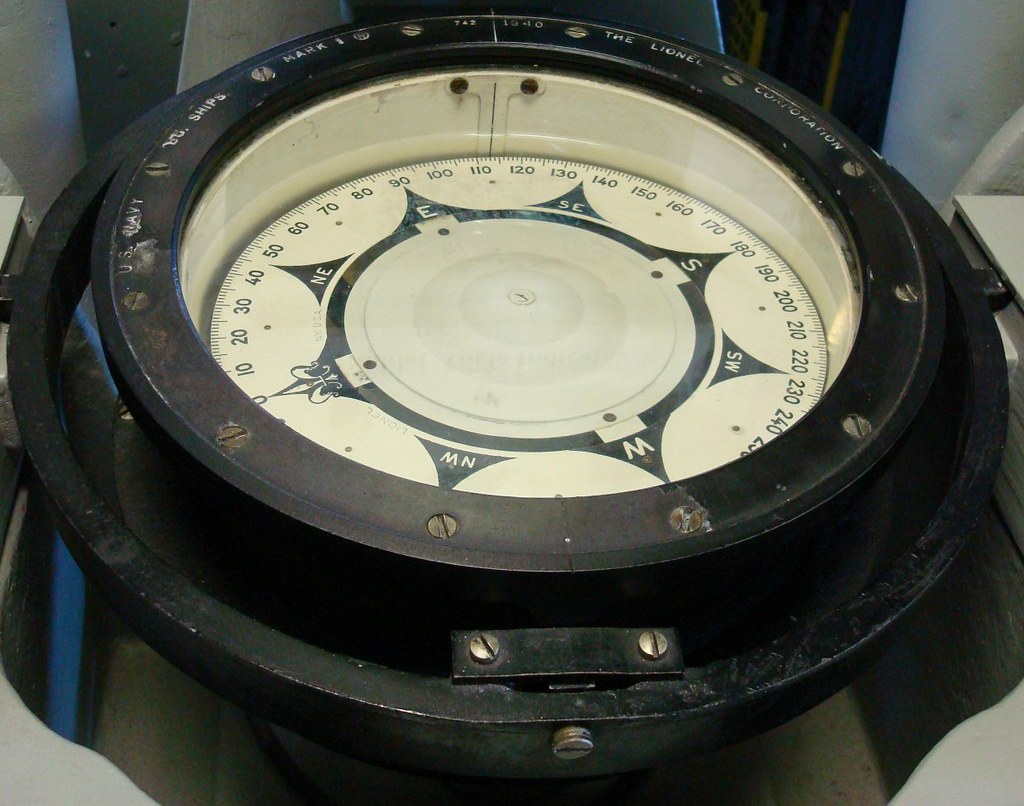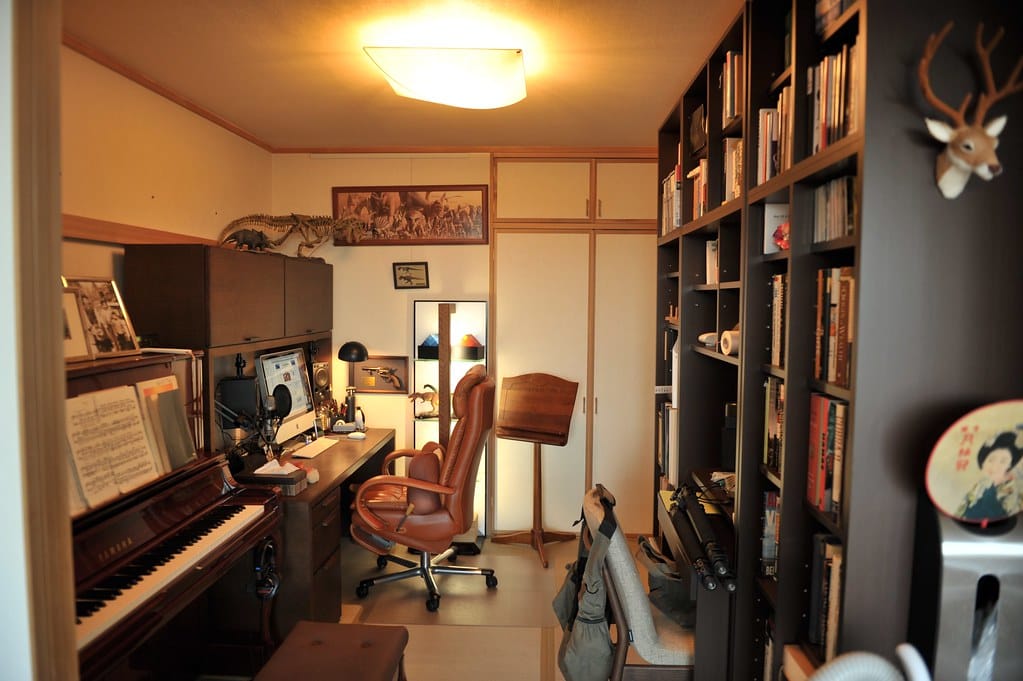
Step into the Middle Ages, an era often mistakenly painted as a period of technological stagnation, a ‘dark age’ between grander historical chapters. Yet, this span of a thousand years, from the 5th to the 15th century, was in fact a vibrant crucible of discovery and innovation. While history books sometimes highlight war, famine, and a perceived decline in learning, the reality is far more intriguing, especially during the High Middle Ages, a time ripe with agricultural and technological breakthroughs.
Indeed, the medieval period was a time of remarkable innovation, with inventive minds bringing forth a multitude of ingenious creations that shaped the course of history and laid the foundation for future advancements. These are not merely dusty relics of the past; many of these medieval marvels continue to influence, or are directly used in, our modern world. From the way we measure time to how we access information, the Middle Ages were quietly, yet powerfully, rewiring the world.
Prepare to embark on a fascinating journey through time, as we uncover some of the most significant and enduring inventions from the Middle Ages that, against all odds, are still woven into the fabric of our daily lives. You might be surprised by how much of our contemporary existence owes a nod to medieval ingenuity!
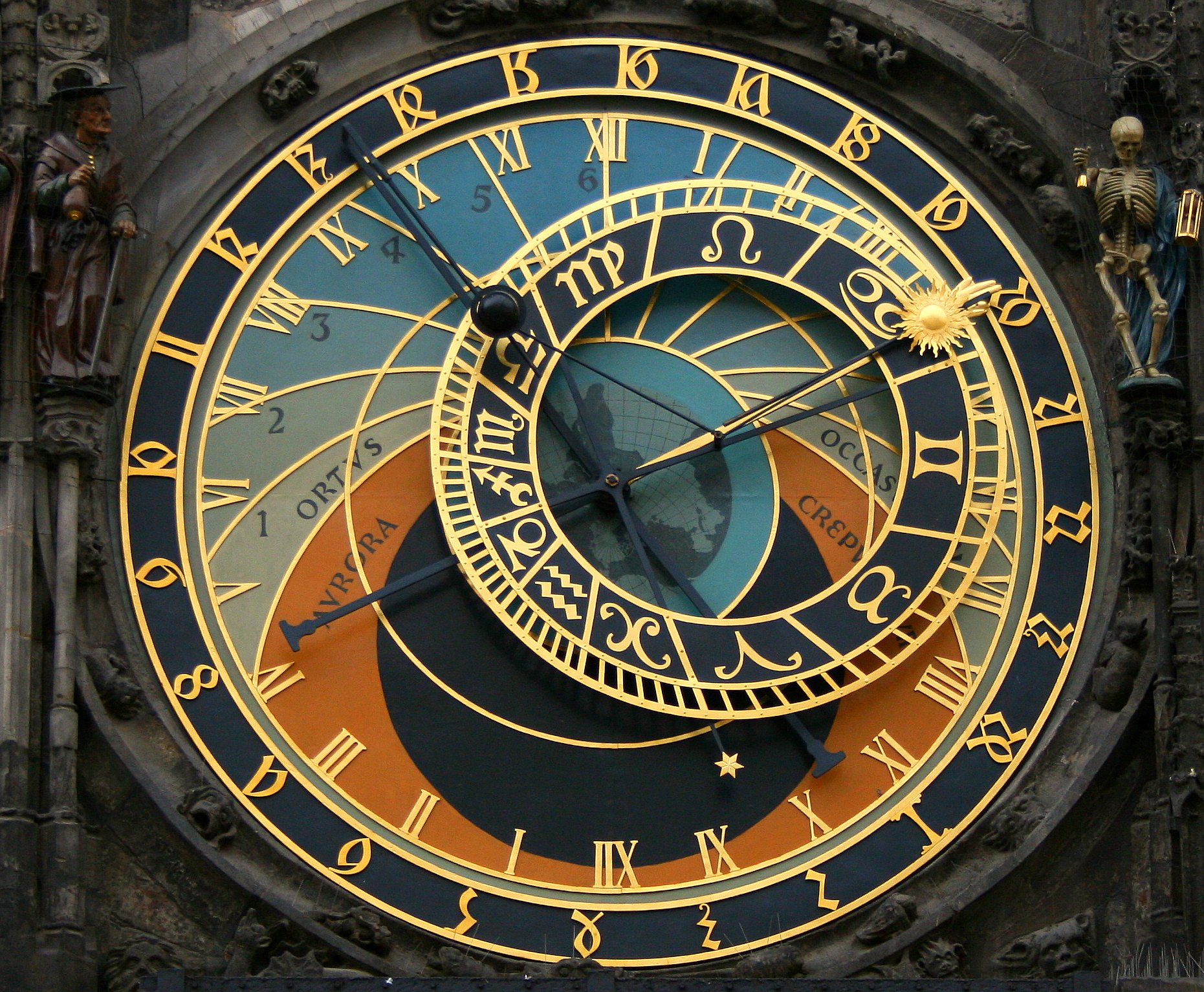
1. **Mechanical Clock**Before the intricate dance of gears and springs that defines a mechanical clock, timekeeping was a much more fluid affair. Ancient civilizations certainly had their methods—sundials, water clocks, and hourglasses all played a role in marking the passage of hours. However, the precision and standardization we associate with time today began to emerge in the Middle Ages, fundamentally altering how humanity perceived and organized its days.
The 13th and 14th centuries witnessed the development of fully mechanical clocks, often grand public installations in church towers. These early behemoths didn’t always have faces; instead, they often relied on the resounding clang of bells to signal the hours for an entire town or monastery. Imagine a world where the day was structured not by the sun’s position, but by the steady, unyielding rhythm of a machine. This shift was revolutionary, especially for urban dwellers and religious communities who had prayers to chant and markets to open on a schedule.
As these mechanisms continuously improved, making use of falling weights to power their delicate instruments, the understanding of not just the hour, but also the minute and second, began to take hold. This newfound temporal accuracy transformed work patterns, social interactions, and daily affairs, laying the groundwork for the meticulous scheduling we take for granted. Even with the advent of digital devices, the underlying principle of the mechanical clock remains an integral part of our society, a testament to medieval innovation in accurately keeping track of time.
Read more about: Why Walking Is Your Health’s Best Friend: 12 Proven Benefits and Practical Tips for a Longer, Healthier Life

2. **Eyeglasses**For centuries, visual impairment was a life-altering condition, often forcing scholars, craftsmen, and the elderly into early retirement from their vocations. While ancient Rome and Greece had experimented with visual aids, often using polished stones for magnification, and Arabic sources described magnifying glasses, the true game-changer arrived in Italy around 1268: the first version of eyeglasses.
These early eyeglasses were not the sleek, comfortable frames we know today. Initially, they had to be physically held in front of the eyes or precariously balanced on the nose, often constructed from riveted leather. They featured convex lenses, making them primarily useful for farsighted individuals, a significant boon for monks and scholars whose work demanded close reading and intricate detail. Historians may not credit a specific inventor, but their rapid spread across Western Europe by the late 13th century underscores their immediate and profound utility.
The evolution of eyeglasses continued into the 15th century with the development of concave lenses for nearsightedness, further expanding their transformative impact. Today, eyeglasses have evolved dramatically in form, comfort, and optical sophistication, yet their core purpose remains unchanged. They continue to positively benefit hundreds of millions worldwide, allowing for corrected vision and access to the written word, making them an undeniably integral part of modern life—a legacy directly traceable to medieval ingenuity.
Read more about: 6 Unstoppable Businesses That Were Born from the Great Recession’s Turmoil
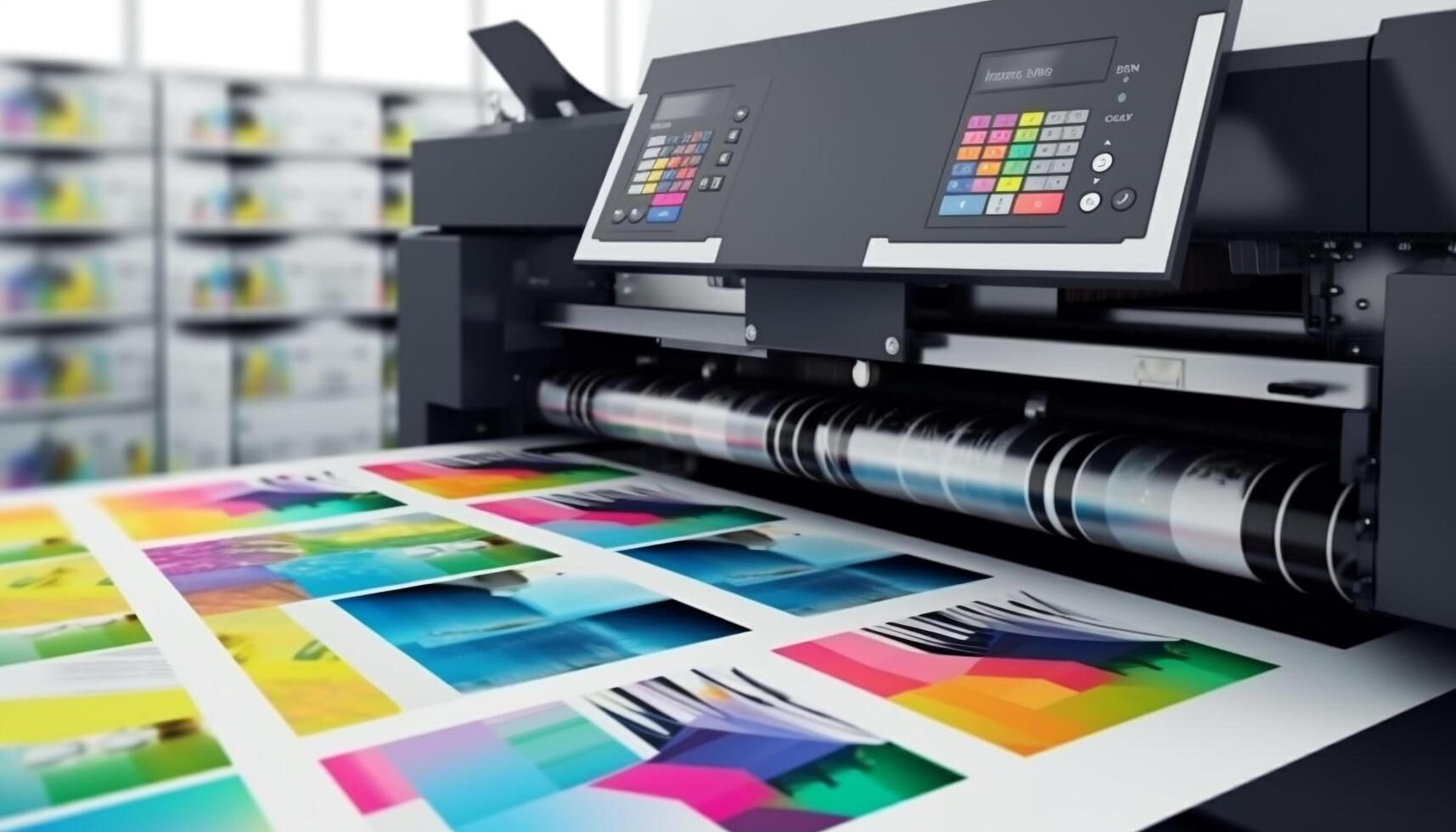
3. **Printing Press**The ability to disseminate information widely and efficiently is a cornerstone of modern society, and it all began with a medieval breakthrough. While printing technology, specifically woodblock printing, dates back to ancient China in the 6th century AD, and movable type appeared there in the 11th century, it was Johannes Gutenberg’s invention in 15th-century Europe that truly ignited a global revolution in knowledge sharing. His printing press, with its modified basic paper press and system of movable type, dramatically mechanized and accelerated the printing process.
Gutenberg’s innovation made the mass production of books and written materials feasible and affordable on an unprecedented scale. Prior to this, books were laboriously hand-copied, making them expensive, rare, and accessible only to a select few—primarily the wealthy, powerful, and clergy. The printing press shattered these barriers, ushering in an era where literature, scientific works, and religious texts could reach a much wider audience, fostering an environment ripe for learning and intellectual exchange across Europe.
The impact of Gutenberg’s press was nothing short of transformative, setting the stage for the Renaissance and the Scientific Revolution. It democratized knowledge, fueled literacy, and helped spread new ideas and scientific concepts at a speed previously unimaginable. Even in our digital age, the fundamental concept of mass production of text, pioneered by the printing press, underpins much of our information landscape, reminding us that knowledge accessibility, once a luxury, became a widely available right thanks to this ingenious medieval invention.
Read more about: Unlock Your Digital Superpowers: 11 Keyboard Shortcuts That Will Transform Your Workflow and Save You Hours
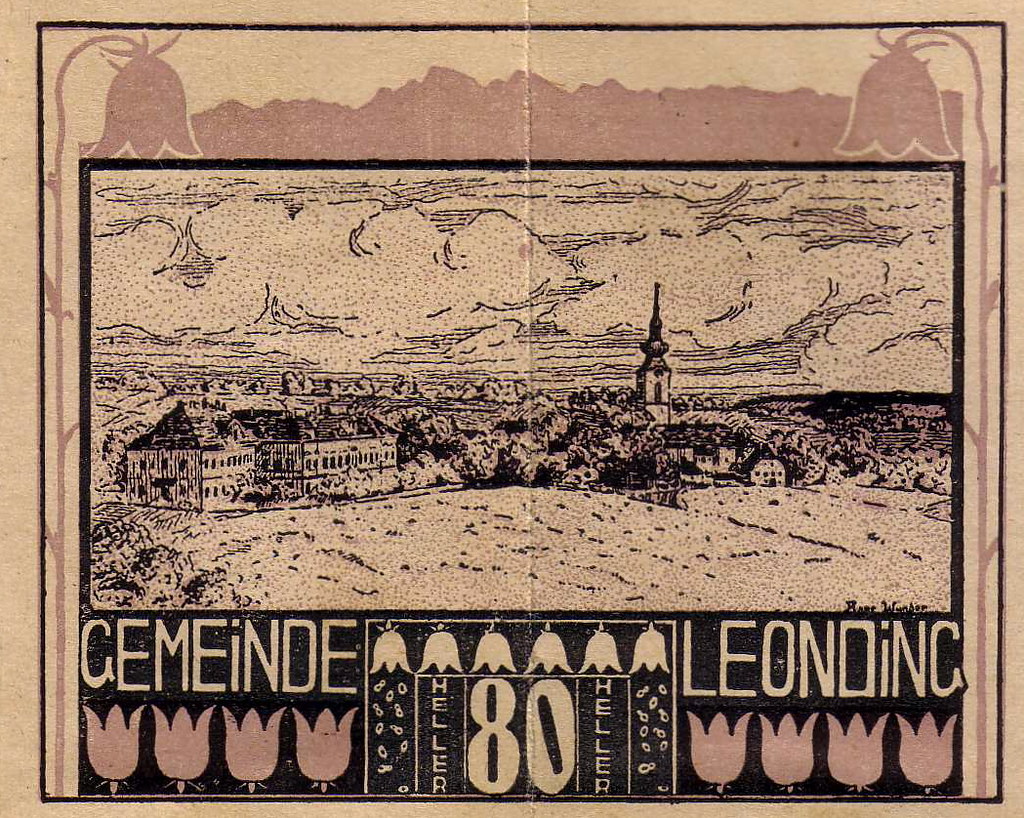
4. **Paper Money**Imagine a world where every significant transaction required hauling around cumbersome bags of precious metals. That was the reality for centuries before the advent of paper money, a seemingly simple invention with an immense and undeniable impact on the world we live in today. While it might feel like a distinctly modern convenience, the concept of paper currency has surprisingly deep medieval roots, first emerging in China.
Government-issued paper money was first printed in China in 1023, building upon an earlier innovation of paper money issued by private enterprises in the Szechuan province in the early 10th century. This was a direct response to the practical problem of carrying heavy precious metals for trade, offering a far more portable and efficient medium of exchange for merchants and individuals. The concept, however, took its time to reach Europe, not being widely implemented until the 16th century and regular banknotes not circulating until the 17th century.
Despite its gradual adoption in the West, the fundamental idea of assigning value to a marked piece of paper proved to be a critical step in the evolution of economic systems. Paper money facilitated trade, simplified large transactions, and created more flexible monetary policies. Today, whether in physical banknotes or digital transactions, paper money, and the principles it established, remains the common way currency is issued and exchanged globally, a lasting testament to a medieval solution for a persistent problem.
Read more about: Unlock the Best Deals: 12 Expert-Backed Ways to Negotiate Your Gym Membership

5. **Windmills and Watermills**The harnessing of natural forces for human labor might seem like a contemporary preoccupation with renewable energy, but medieval engineers were masters of this art. Windmills and watermills represent some of the most significant innovations in this regard, transforming agricultural and industrial processes and becoming prevalent across Europe during the Middle Ages. They offered a powerful alternative to human or animal muscle, driving productivity and efficiency to new heights.
Watermills, while in use since antiquity, saw significant improvements and widespread adoption in the Early Middle Ages. Records from England alone show thousands operating by the 11th century, demonstrating their critical role in the economy. They leveraged the power of flowing water to grind grain, saw wood, and power various industrial processes, fundamentally changing how communities processed their resources and goods. The continuous invention of new and ingenious forms of mills throughout the medieval period allowed people to harness energy from rivers with unprecedented effectiveness.
Similarly, windmills, documented as early as 1219 in China, spread to Europe after the Crusades, with European designs appearing around 1270. These early windmills, often with four blades mounted on a central post, were primarily used for pumping water and grinding grain, showcasing remarkable early innovation in energy efficiency. Today, the fundamental principle of using natural forces like wind and water to generate power continues through modern turbines and hydroelectric plants, directly linking our contemporary energy infrastructure to these resourceful medieval machines.
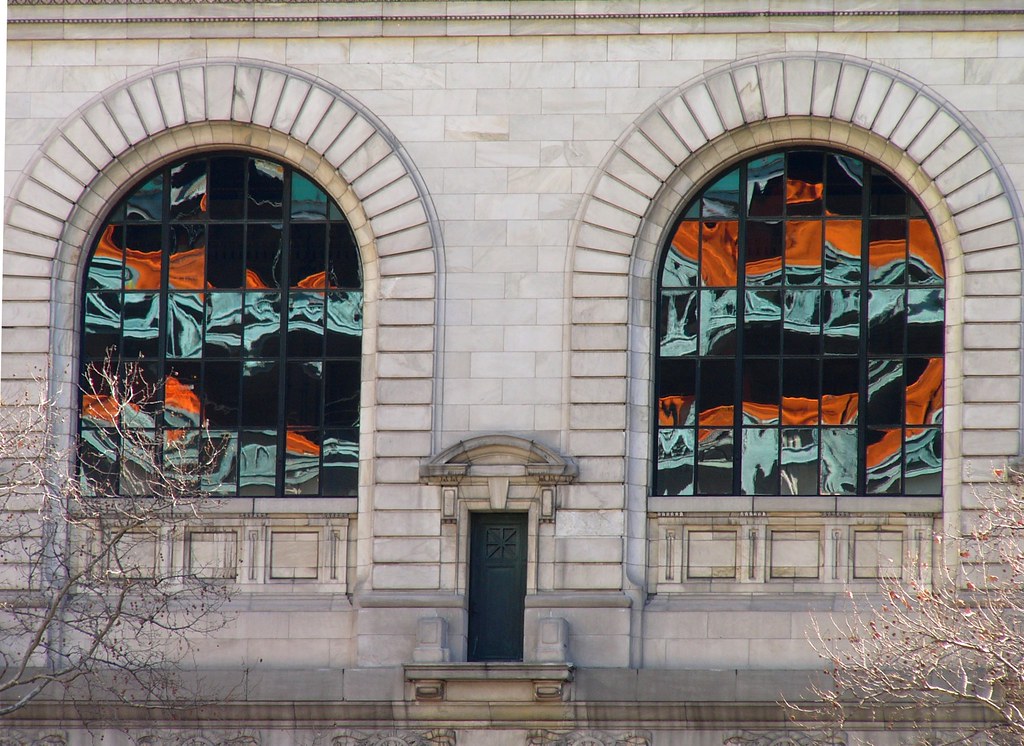
6. **Public Library**The idea of universal access to knowledge is a cherished ideal in modern society, and its roots can be firmly planted in the Middle Ages. For much of history, libraries, even those with vast collections like the Umayyad rulers’ library in Cordoba, were largely private institutions, controlled by the rich and powerful, or housed within monasteries and scholarly institutions, accessible only to a select few. The concept of a library for everyone, however, emerged from this period.
The Library of Malatesta Novello in Cesena, Italy, opened in 1452, holds the distinction of being widely regarded as the first-ever public library in the world. Owned by the city municipality, it revolutionary offered people the opportunity to borrow and read books within its walls for free. This was a monumental shift, democratizing access to the written word and allowing broader segments of society to engage with knowledge and learning.
This medieval innovation laid the foundation for the vast networks of public libraries we see across the world today, which are considered cornerstones of information technology and community education. The fundamental principle—that knowledge should be freely accessible to all, irrespective of social standing—continues to resonate, making the public library one of the most enduring and impactful legacies of the Middle Ages, fostering literacy and intellectual growth for centuries.
Read more about: Totally Tubular ’00s Throwback: 14 Leading Ladies Who Ruled Style and Hollywood Glamour!
7. **Compass**For ancient mariners and travelers, navigating the vast, often unpredictable oceans and unfamiliar lands was a perilous endeavor, heavily reliant on celestial bodies and natural landmarks. This method, while effective on clear days, left much to chance when skies were overcast or landmarks were out of sight. The solution to this perennial problem, a device that quite literally pointed the way, was refined and widely adopted during the Middle Ages: the compass.
Early versions of the modern compass, leveraging magnetized needles floating in water to point north, were described in European records by the 13th century, though older compasses existed in China and Mesoamerica much earlier. The critical need for such a device arose as medieval navigators, merchants, and sailors embarked on longer, more ambitious journeys, requiring reliable guidance to safely traverse the seas and explore new routes. It removed much of the guesswork from navigation, providing an indispensable tool for exploration and trade.
The modern, round compass, often attributed to the Italian sailor Flavio Gioia in the early 14th century, integrated the floating needle with a wind rose and encased it in a box, making it portable, reliable, and easy to use regardless of weather conditions. Today, while GPS and sophisticated electronic navigation systems dominate, the magnetic compass remains a fundamental backup, a teaching tool, and a simple, reliable instrument, illustrating the enduring utility of this medieval navigational breakthrough that propelled exploration and global connectivity.
Read more about: 12 Proven Strategies for CEOs: Mastering Stress and Sustaining Peak Performance in High-Pressure Environments

8. **Gunpowder**Gunpowder, that volatile mix that quite literally changed the sound and fury of warfare, is often perceived as a distinctly modern innovation. Yet, its potent journey began much earlier, in the Middle Ages. Invented in China sometime between the 9th and 11th centuries, this revolutionary substance was initially used for fireworks and signaling, adding spectacle to ancient ceremonies.
But it wasn’t long before its destructive potential was recognized. As the Mongols swept across Eurasia in the 13th century, they brought with them the knowledge of gunpowder, fundamentally altering military strategies. When it finally arrived in Europe, its adoption permanently shifted the balance of power, rendering traditional siege methods and the famed armored knight increasingly obsolete.
The introduction of gunpowder paved the way for new weaponry—cannons, handheld guns, and explosive devices—that demanded new fortifications and military systems. This wasn’t just about bigger bangs; it transformed governance and how states could project power. Even today, while modern weaponry has evolved exponentially, gunpowder continues to play a role in various activities, from hunting to specialized demolitions, underscoring its enduring impact.
Read more about: 15 Cosmic Curiosities: Unearthing the Moon’s Most Fascinating Secrets

9. **Stirrup**You might not think much of something as seemingly simple as a stirrup, but this humble piece of equestrian equipment literally redefined medieval warfare and the role of cavalry. Before its widespread adoption in the medieval period, mounted warriors lacked true stability, making it difficult to deliver powerful blows or stand firm during a charge. It was a subtle yet profound innovation that empowered the horseman.
The introduction of stirrups provided riders with unprecedented stability and balance, allowing them to remain firmly seated even during the most aggressive maneuvers. This meant knights could wield heavier armor and weapons with greater control, delivering devastating impact with their lances and swords. The stirrup essentially transformed cavalry into a far more formidable, shock-combat unit, fundamentally changing medieval battle tactics.
This seemingly minor addition had a domino effect on the entire structure of medieval armies and feudal society. The improved effectiveness of mounted knights, now able to deliver powerful blows while remaining stable, solidified their dominant position on the battlefield. It fostered the era of heavily armored knights and fortified castles, becoming a cornerstone of military strategy for centuries.
Moreover, the stirrup allowed knights to wear heavier armor, which offered greater protection but also required more stability on horseback. This interplay between technology and combat technique highlights how a single invention could propagate widespread changes across military, economic, and even social spheres. It truly was a simple invention with monumental consequences, shaping the face of medieval European power.
Read more about: Beyond the Surface: 13 Mind-Blowing Facts About the Human Body, Revealed by Health Scientists
10. **Flying Buttress**Step inside a grand Gothic cathedral, and you can’t help but be awestruck by the soaring ceilings, vast stained-glass windows, and seemingly weightless walls. This architectural magic wasn’t achieved by divine intervention alone, but by a brilliant medieval invention: the flying buttress. Emerging in the 12th century, this structural innovation was a true game-changer in building design.
Prior to the flying buttress, massive, thick walls were required to support the immense weight of stone roofs and vaults, limiting the height and size of openings. The genius of the flying buttress lay in its ability to transfer the outward thrust of the heavy ceilings to external piers, effectively shoring up the structure from the outside. These graceful, arching supports allowed builders to create much higher ceilings and significantly thinner walls.
The practical implications were profound. With walls no longer needing to bear all the structural load, architects could carve out expansive areas for windows, filling them with the glorious, light-filtering stained glass that defines the Gothic style. This transformation not only created breathtaking aesthetic spaces but also made these monumental buildings lighter and more airy than ever before.
The principles behind the flying buttress—distributing structural stress and opening up interior spaces—continue to influence architectural design into modern times. You might not see them explicitly in every skyscraper, but the underlying concepts of structural support and load management owe a significant debt to these medieval master builders. They allowed for the construction of larger and more spacious buildings, fundamentally altering urban landscapes.
Read more about: Unpacking the Past: 12 Mind-Blowing ‘Lost’ Secrets of Gothic Architecture that Became Historic Superstars
11. **Blast Furnace**Before the Middle Ages, metalworking was a laborious process, yielding iron that was often impure and brittle. Crafting strong, reliable tools and weapons was a constant challenge. But a transformative innovation emerged in medieval Europe that drastically improved the quality and quantity of metal production: the blast furnace. It was a crucial step towards modern metallurgy.
The development of blast furnaces significantly enhanced the efficiency of iron production by allowing for higher temperatures than earlier bloomery furnaces. These higher temperatures, combined with the continuous flow of air (or “blast”) into the furnace, enabled iron ore to be smelted more completely. This process yielded molten pig iron, which could then be cast or further refined into wrought iron or steel.
This leap in metallurgical capability led to the creation of stronger, more durable metal objects, from agricultural tools that improved farming efficiency to longer-lasting swords that could withstand multiple battles without breaking. The ability to produce iron and steel in greater quantities and of superior quality laid a foundational block for countless subsequent technological advancements.
The blast furnace was a precursor to the industrial revolution, demonstrating how medieval ingenuity tackled fundamental material science challenges. Its impact stretched far beyond the forge, influencing everything from construction to weaponry and setting the stage for the sophisticated metal industries we rely on today. Without this medieval innovation, our modern world of steel structures and high-tech alloys might look very different indeed.
Read more about: 12 Dynamic Workouts: Top Trainers Reveal Running Alternatives for Maximum Weight Loss
12. **Three-Field Crop Rotation**For much of antiquity, farming practices often struggled with a perennial problem: how to maintain soil fertility and maximize yields. Continuously growing the same crop on the same plot of land rapidly depletes its nutrients, making the soil unproductive. Ancient farmers did use a two-field system, sowing half their land and leaving the other half fallow to rest, but medieval minds took this essential concept a step further.
Around the 8th century, medieval farmers in Europe began to divide their arable land into three distinct parts, introducing the highly efficient three-field crop rotation system. One field would be planted with winter crops, typically sown in the fall, such as wheat or rye. The second field would host spring crops, like oats, barley, or legumes, sown in the spring. Crucially, the third field was left fallow to rest and recover its nutrients.
This ingenious system offered multiple benefits beyond simply preserving soil fertility. The inclusion of legumes, which naturally fix nitrogen in the soil, actively enriched the land rather than just allowing it to rest. Furthermore, the diversification of crops meant a more varied and resilient food supply, providing insurance against crop failure and improving overall nutrition for communities.
The three-field system dramatically increased the overall harvest from a given area of land compared to the older two-field method. This agricultural revolution led to greater food security, supported population growth, and freed up labor for other pursuits, contributing to the economic and social development of medieval Europe. Even today, the principles of crop rotation remain a cornerstone of sustainable agriculture, a testament to medieval wisdom in land management.

13. **Quadrant and Astrolabe**While ancient civilizations possessed impressive astronomical knowledge, the tools for precise observation and navigation saw significant refinement during the Middle Ages, particularly through the contributions of Arabic astronomers. The quadrant and the astrolabe, though known in earlier forms, were transformed into sophisticated instruments that proved invaluable for both science and global exploration.
The astrolabe, in particular, was a complex “computer of the ancient world,” capable of solving various problems in spherical astronomy. It could measure the altitude of celestial bodies, determine local time given the date and location, and even assist in surveying. Arabic scholars meticulously improved its design and accuracy, making it an indispensable tool for astronomers, navigators, and even astrologers across the Islamic world and later, Europe.
Similarly, the quadrant, a simpler but equally effective instrument, was used for measuring angles up to 90 degrees. This made it ideal for determining the altitude of stars and planets, calculating latitude, and aiding in land surveying. Both devices allowed users to measure the distance between two objects, crucial for mapping and understanding the physical world.
These meticulously crafted instruments were not just academic curiosities; they were vital for the expanding global exploration of the medieval period. They provided navigators with the ability to determine their position at sea with greater accuracy, reducing the perils of long voyages and facilitating the discovery of new trade routes and lands.
By propelling our understanding of science and technology, these medieval refinements of ancient tools fostered a spirit of inquiry and exploration that underpinned later scientific revolutions. They highlight how medieval minds built upon existing knowledge to create practical instruments with profound implications for both scientific advancement and human expansion.

14. **Chimneys**Before the widespread adoption of domestic chimneys, cooking and heating indoors often meant smoky, unhealthy living conditions, with open fires billowing fumes into living spaces or requiring external structures. While the Romans had industrial chimneys for large-scale operations like bakeries, the true domestic chimney, designed for individual homes, was a medieval development that radically improved household comfort and safety.
Appearing more commonly around the 12th-13th centuries in Europe, these early chimneys were not merely holes in the roof. They were integrated architectural features that provided a dedicated flue to safely channel smoke and fumes from indoor fireplaces to the outside. This innovation allowed people to cook indoors more safely and efficiently, and to heat their homes without suffering from constant smoke inhalation.
Medieval chimney designs often featured wider flues than modern ones, a deliberate choice to allow more residual heat to radiate into the room before escaping. Some even incorporated caps to cover the chimney top, a clever solution to prevent downdrafts that could push smoke back into the house, especially during windy conditions.
This seemingly simple invention had a profound impact on daily life, health, and architecture. It enabled more sophisticated interior layouts, fostered better hygiene, and contributed to warmer, more comfortable homes during colder months. The chimney became a quintessential feature of European homes, a direct lineage to the safe and efficient heating systems we employ today.
Read more about: 19 Real-Life Places That Feel Like Heaven or a Fairy Tale
These fourteen incredible inventions from the Middle Ages are far more than historical footnotes. They are vibrant threads woven into the fabric of our modern world, quietly shaping our daily routines, our understanding of time, and our ability to explore and create. From the foundations of global trade to the very roofs over our heads, medieval ingenuity laid crucial groundwork, proving that this “dark age” was, in fact, a remarkably bright crucible of human innovation. So, the next time you glance at a clock, put on your glasses, or enjoy a cozy fire, remember the brilliant minds of the Middle Ages that truly rewired the world.


